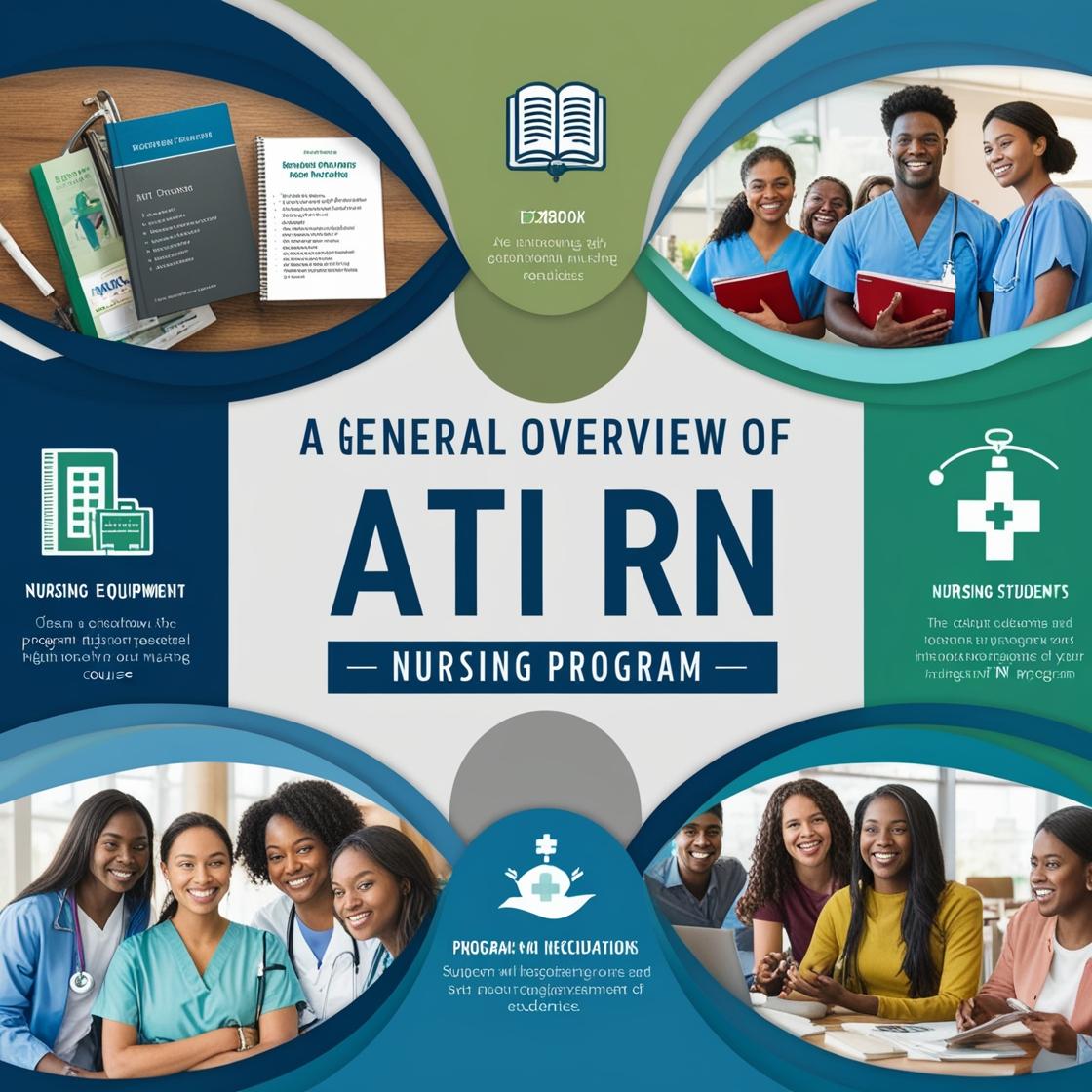ATI RN
ATI Pharmacology Proctored Exam 2023
1. A healthcare provider is providing discharge instructions to a client who has a new prescription for Warfarin. Which of the following over-the-counter medications should the provider instruct the client to avoid?
- A. Acetaminophen
- B. Ibuprofen
- C. Diphenhydramine
- D. Loratadine
Correct answer: B
Rationale: Ibuprofen is a nonsteroidal anti-inflammatory drug (NSAID) that can increase the risk of bleeding when taken with Warfarin due to its antiplatelet effects. The combination of Warfarin, an anticoagulant, and NSAIDs can potentiate the risk of bleeding complications. Clients on Warfarin should avoid NSAIDs like ibuprofen and opt for alternative pain relief options such as acetaminophen. Diphenhydramine and loratadine are antihistamines and are generally safe to use with Warfarin as they do not significantly increase the risk of bleeding when compared to NSAIDs like ibuprofen.
2. A healthcare professional is preparing to administer Pamidronate to a client who has bone pain related to cancer. Which of the following precautions should the healthcare professional take when administering pamidronate?
- A. Inspect the IV site for redness and irritation when changing the intravenous patch.
- B. Assess the IV site for thrombophlebitis frequently during administration.
- C. Instruct the client to sit upright or stand for 30 min following intravenous administration.
- D. Watch for manifestations of anaphylaxis for 20 min after intramuscular administration.
Correct answer: B
Rationale: Pamidronate is administered through intravenous (IV) infusion. As this medication can be irritating to veins, the healthcare professional should carefully assess the IV site for thrombophlebitis during administration to prevent potential complications. Choice A is incorrect as Pamidronate is not administered via intradermal patch. Choice C is incorrect as it does not relate to the administration of Pamidronate. Choice D is incorrect as Pamidronate is not administered intramuscularly.
3. A client with Angina Pectoris asks the nurse about the next step if one tablet does not relieve Anginal pain after waiting 5 minutes. Which of the following responses should the nurse make?
- A. Take two more sublingual tablets simultaneously.
- B. Call emergency services.
- C. Take a sustained-release nitroglycerin capsule.
- D. Wait another 5 minutes before taking a second sublingual tablet.
Correct answer: B
Rationale: In a situation where Anginal pain persists after taking one sublingual tablet and waiting 5 minutes, it is crucial to call emergency services (911) immediately. This could indicate a myocardial infarction (heart attack) rather than a typical Anginal attack. The client should not take two more sublingual tablets simultaneously without seeking immediate medical help as this could delay appropriate intervention if the pain is due to a heart attack. Taking a sustained-release nitroglycerin capsule is not recommended for immediate relief of acute Anginal pain as it works too slowly. Waiting another 5 minutes before taking a second sublingual tablet is not appropriate if the pain persists, as prompt action is essential in suspected heart-related issues.
4. A client received IV Verapamil to treat supraventricular tachycardia (SVT). The client's pulse rate is now 98/min, and blood pressure is 74/44 mm Hg. The nurse should anticipate a prescription for which of the following IV medications?
- A. Calcium gluconate
- B. Sodium bicarbonate
- C. Potassium chloride
- D. Magnesium sulfate
Correct answer: A
Rationale: In this situation, where the client's blood pressure is significantly lowered due to Verapamil administration, the nurse should anticipate a prescription for Calcium gluconate. Calcium gluconate is used to reverse severe hypotension caused by Verapamil. It should be given slowly intravenously as it counteracts the vasodilation caused by Verapamil, helping to normalize blood pressure levels. Sodium bicarbonate is not indicated for low blood pressure. Potassium chloride and magnesium sulfate are not the appropriate choices to address hypotension caused by Verapamil.
5. A client has a new prescription for Furosemide. Which of the following adverse effects should the nurse monitor?
- A. Hyperkalemia
- B. Hyponatremia
- C. Hypernatremia
- D. Hypercalcemia
Correct answer: B
Rationale: The correct answer is B: Hyponatremia. Furosemide, a diuretic, commonly causes hyponatremia (low sodium levels) as it increases the excretion of sodium. The nurse needs to monitor the client for signs of hyponatremia, such as confusion, weakness, and muscle cramps, by checking electrolyte levels regularly. Choices A, C, and D are incorrect because hyperkalemia (choice A), hypernatremia (choice C), and hypercalcemia (choice D) are not typically associated with Furosemide use.
Similar Questions

Access More Features
ATI RN Basic
$69.99/ 30 days
- 50,000 Questions with answers
- All ATI courses Coverage
- 30 days access @ $69.99
ATI RN Premium
$149.99/ 90 days
- 50,000 Questions with answers
- All ATI courses Coverage
- 30 days access @ $149.99
